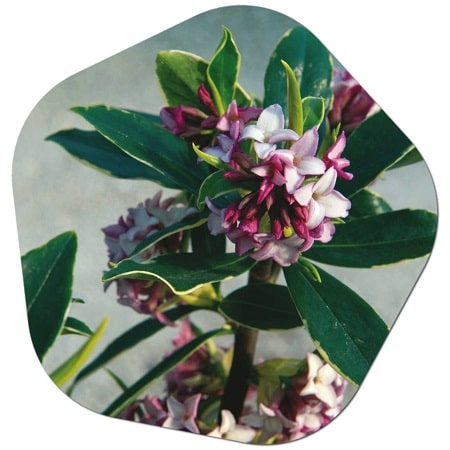Where is the best place to plant Daphne odora?
A typical plant of the Mediterranean climate, laurel is a two-meter tall, round-topped and densely branched plant that does not shed its leaves in winter. Although it grows naturally, it can also be used as a decorative plant in parks and gardens.
Daphne odora, commonly known as winter daphne, is a beautiful and fragrant evergreen shrub that is often planted for its attractive flowers and fragrance. To successfully plant Daphne odora, consider the following factors:
- Sunlight: Daphne odora thrives in partial shade to full sun, although it prefers some protection from the hot afternoon sun in warmer climates. Morning sun or filtered sunlight is ideal.
- Soil: Plant Daphne odora in well-draining, slightly acidic soil. It doesn’t tolerate waterlogged or heavy clay soils. Amending the soil with organic matter like compost can improve drainage and fertility.
- Location: Choose a sheltered location that provides some protection from harsh winds and cold temperatures. Daphne odora is somewhat sensitive to extreme cold and winter winds.
- Spacing: When planting multiple Daphne odora shrubs, ensure they are spaced adequately to allow for good air circulation and prevent overcrowding.
- Watering: Provide consistent moisture to the plant, especially during dry spells. Daphne odora prefers evenly moist soil and doesn’t tolerate drought well.
- Mulching: Apply a layer of mulch around the base of the shrub to help retain soil moisture and regulate soil temperature. Avoid piling mulch against the stem.
- Pruning: Prune Daphne odora lightly, if needed, after flowering to shape the plant and remove any dead or damaged branches. Avoid heavy pruning, as Daphne odora does not respond well to drastic pruning.
- Fertilization: While Daphne odora doesn’t require heavy feeding, you can apply a balanced, slow-release fertilizer in the spring to promote healthy growth.
- Fragrance: Consider planting Daphne odora near walkways, doorways, or outdoor seating areas where you can enjoy its delightful fragrance in the winter and early spring.
- Companion Plants: Daphne odora pairs well with other shade-loving plants, such as hostas, ferns, and hellebores.

Daphne odora is a lovely shrub that can add beauty and fragrance to your garden. However, it’s important to note that Daphne species can be somewhat finicky and may require careful attention to their growing conditions. Additionally, all parts of the Daphne plant are toxic if ingested, so be cautious if you have pets or small children.
Where is Daphne odora from?
Daphne odora, commonly known as winter daphne, is native to Eastern and Southeastern Asia. It is found in countries such as China, Japan, and Korea. This evergreen shrub is highly regarded for its fragrant flowers and is cultivated as an ornamental plant in many parts of the world due to its attractive appearance and delightful fragrance. Daphne odora is popular in gardens and landscapes for its winter and early spring blooms, which emit a sweet and lingering scent.





